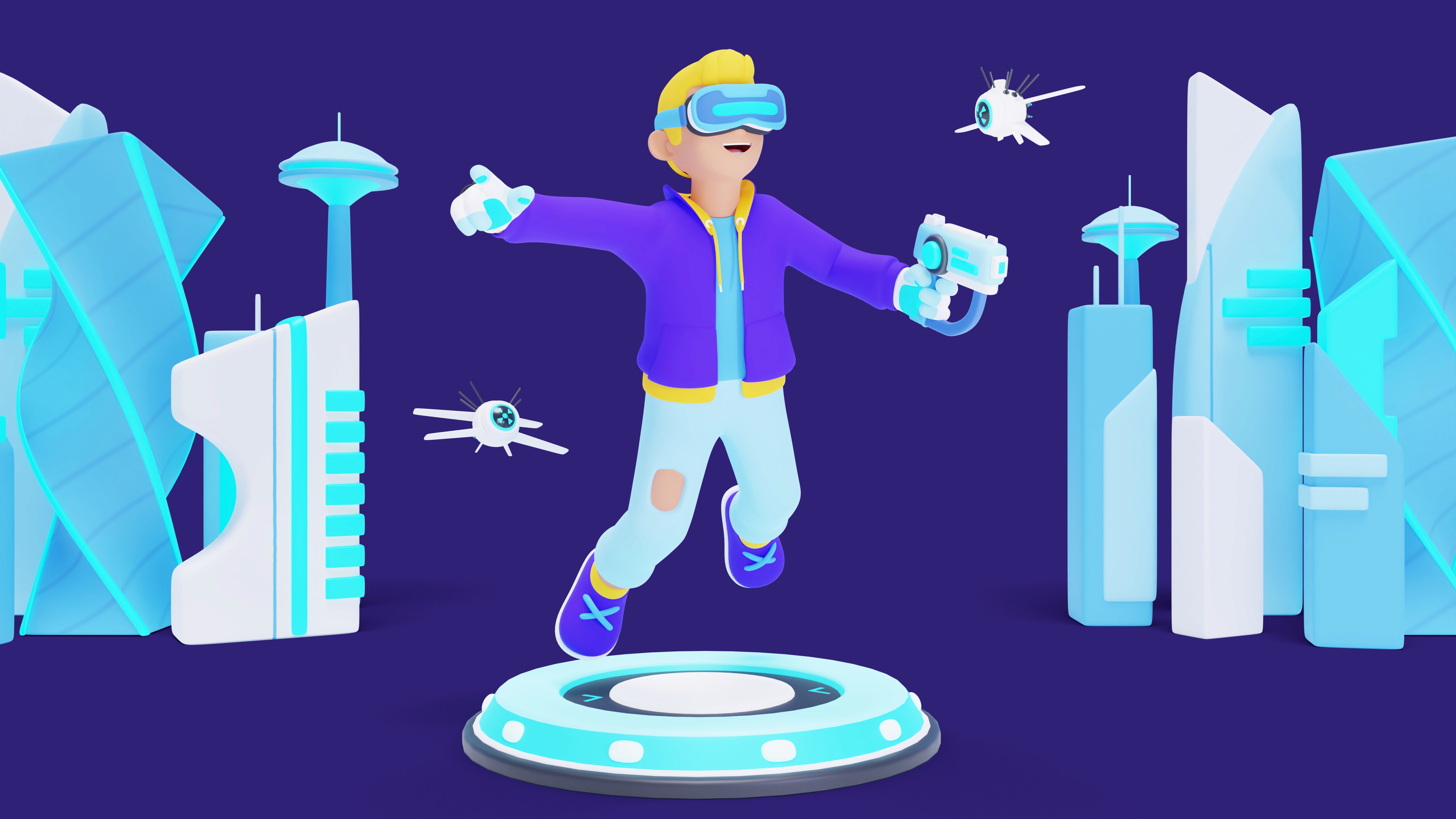Jun 6, 2024
Integration of AR/VR in UX

Augmented Reality (AR) and Virtual Reality (VR) are transforming the landscape of user experience (UX) design. These technologies offer immersive and interactive experiences that can enhance how users interact with digital products. Let’s explore the integration of AR and VR in UX and how they are shaping the future of design.
What are AR and VR?
Augmented Reality (AR) overlays digital information onto the real world. It enhances the user’s perception of their environment by adding elements such as images, sounds, and text. Examples include AR apps that let you see how furniture would look in your home or AR games like Pokémon GO.
Virtual Reality (VR) creates a completely immersive digital environment. Users wear VR headsets to enter a virtual world where they can interact with 3D objects and environments. VR is commonly used in gaming, training simulations, and virtual tours.
Why Integrate AR/VR in UX?
Enhanced User Engagement: AR and VR provide immersive experiences that capture users’ attention and keep them engaged. This can lead to higher user satisfaction and retention.
Improved Learning and Training: VR simulations can offer realistic training environments for various fields, from medical procedures to industrial operations. AR can provide real-time guidance and information, enhancing learning experiences.
Innovative Shopping Experiences: AR allows users to visualize products in their own space before making a purchase, reducing uncertainty and increasing confidence in buying decisions. VR can create virtual showrooms where users can explore products in a lifelike setting.
Accessibility and Inclusivity: AR and VR can make information more accessible by providing visual and auditory enhancements. For example, AR can offer real-time translations or visual cues for navigation.
Principles for Designing AR/VR Experiences
User-Centered Design: Understand the needs and preferences of your users. Conduct research to identify how AR/VR can solve their problems or enhance their experiences.
Intuitive Interactions: Design interactions that feel natural and intuitive. Users should be able to navigate and interact with AR/VR environments without a steep learning curve.
Contextual Relevance: Ensure that AR/VR elements are contextually relevant and add value to the user’s experience. Avoid cluttering the environment with unnecessary information.
Comfort and Safety: Consider the physical comfort and safety of users. Design experiences that minimize motion sickness and provide clear boundaries to prevent accidents.
Real-World Applications
Retail: Brands like IKEA and Sephora use AR apps to let customers visualize products in their own space or try on makeup virtually. This enhances the shopping experience and helps customers make informed decisions.
Education: VR is being used in classrooms to create immersive learning experiences. Students can explore historical sites, conduct virtual science experiments, and engage in interactive lessons.
Healthcare: AR and VR are revolutionizing healthcare by providing training simulations for medical professionals, assisting in surgeries with real-time data overlays, and offering therapeutic experiences for patients.
Real Estate: VR tours allow potential buyers to explore properties remotely, providing a realistic sense of space and layout. AR can enhance physical tours by overlaying information about features and amenities.
The Future of AR/VR in UX
As AR and VR technologies continue to evolve, their integration into UX design will become more seamless and sophisticated. We can expect to see more personalized and adaptive experiences, greater accessibility, and innovative applications across various industries.
Conclusion
The integration of AR and VR in UX design opens up exciting possibilities for creating immersive, engaging, and user-friendly experiences. By understanding the principles of AR/VR design and staying informed about the latest trends, UX designers can harness the full potential of these technologies to create the next generation of digital experiences.
EXPLORE MORE

Still Scrolling?
Say hello or keep up the friendly snooping 👀
...✨ Fueled by caffeine, late nights, and lots of music @ 2025



